STEVE is smearing green ‘streaks’ across the sky, and nobody knows why0
- From Around the Web, Space
- November 23, 2020
The green streaks only last for 30 seconds, then vanish. What are they?
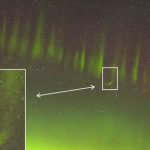
The green streaks only last for 30 seconds, then vanish. What are they?
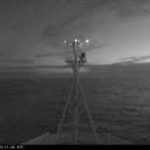
The meteor was green, but the footage capturing it was black and white.
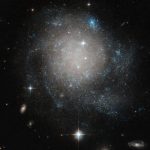
NASA has published a photo of a distant ‘cinnamon bun’ in space, one made of stars and gas dust collected together in an unusual way. The image was captured by the Hubble Space Telescope, which observed the faint galaxy where it is located way over in the Andromeda constellation. Despite its appearance, NASA says the ‘cinnamon bun’ is a spiral galaxy.
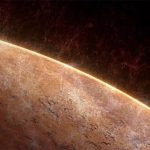
The process, which takes four hours on average, helps explain why Mars loses water so fast

NASA recorded audio from its Perseverance rover that is currently headed to Mars.
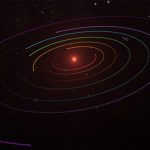
Single exoplanets with wild orbits hint at a chaotic past
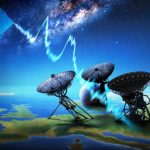
Astronomers have detected two more millisecond-duration radio bursts from SGR 1935+2154, a magnetar located over 14,000 light-years away in the constellation of Vulpecula. The detection supports the hypothesis that — at least some — fast radio bursts are emitted by magnetars at cosmological distances.
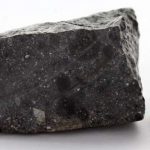
When the meteorite NWA 7533 was discovered in 2011, it was recognized to be rare and precious, a piece of Mars knocked off by an asteroid impact. Now planetary scientists have discovered it’s more than rare, it’s unique — the only object we’ve found forged deep inside Mars, providing an unprecedented opportunity to learn about the Martian interior.
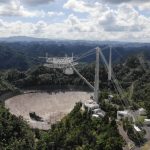
With no way to safely repair it, the National Science Foundation calls it.

Growing plants in Red Planet soil will require adding nutrients and removing toxic chemicals



